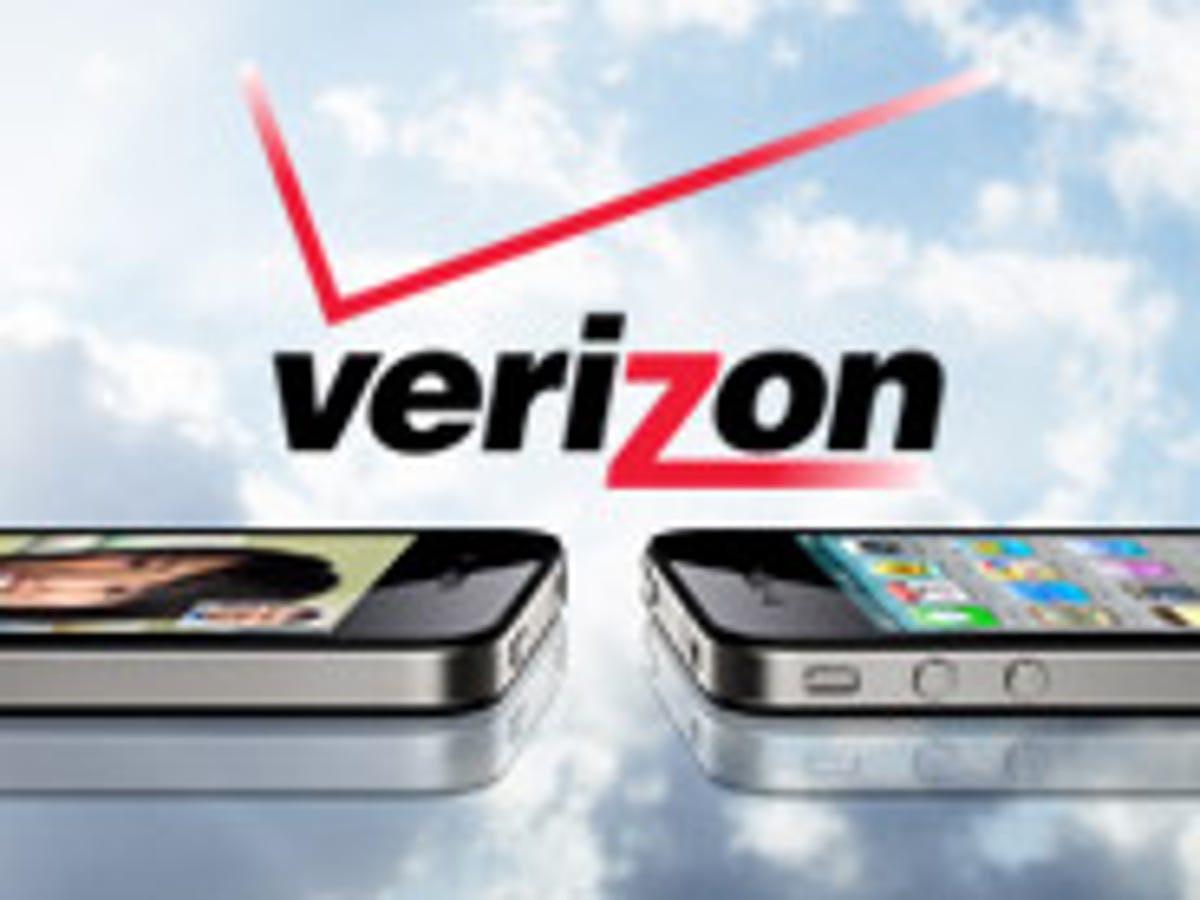Verizon Wireless raked in valuable new wireless subscribers in the first quarter of 2011 as the company launched the Apple iPhone and introduced its first 4G LTE phone.

The carrier said today that it more than doubled the number of customers it added on service contracts compared to last year with 906,000 new postpaid wireless subscribers. In total the company added 1.8 million new wireless subscribers. Rival AT&T yesterday announced that it had added 2 million new wireless subscribers, but only 62,000 of those customers were on contract.
At the end of the quarter, Verizon had 104 million total wireless connections, which includes 88.4 million retail customers.
Verizon reported overall earnings of 51 cents per share in the first quarter. And revenue was up slightly to $26.99 billion, from $26.91 billion a year ago. Equity analysts had expected Verizon to earn 50 cents a share on sales of $26.9 billion.
When the iPhone made its debut on the Verizon network in February, the company was quick to trumpet that the Apple smartphone produced the most successful first-day sales in Verizon Wireless history. And during the remainder of the quarter, the company sold 2.2 million iPhones. By contrast, AT&T said yesterday that it sold 3.6 million new iPhones in the first quarter of 2011.
Verizon Chief Financial Officer Fran Shammo said during a conference call with investors that the bulk of iPhone subscribers were existing Verizon subscribers who upgraded their devices. But nearly a quarter (about 22 percent) of the new iPhone subscribers were also new subscribers to Verizon.
Shammo wouldn’t say when a new Apple iPhone would hit the market or whether the next version will be a 4G LTE device. But he did say that the new device will be a “world” phone, which means it will also include a GSM radio for overseas roaming. The current iPhone 4 on Verizon only has a CDMA radio, which means it is unable to roam onto GSM networks in Europe and other places in the world.
Shammo also touted the company’s 4G network. Verizon launched the 4G LTE network in 36 markets in the fourth quarter. And it has quickly grown the network. Shammo said that during the first quarter, Verizon sold 500,000 4G devices, including 260,000 HTC Thunderbolts. The Thunderbolt is the first of several 4G smartphone handsets to launch on Verizon’s network. It just went on sale two weeks ago.
Shammo added that new 4G handsets from Samsung and LG, which had been announced at the Consumer Electronics Show in January, will hit the market by the end of the second quarter. But he did not mention when the Motorola Droid Bionic will launch–the Wall Street Journal reported this week that it will be delayed until the third quarter.
Altogether Verizon saw strong sales in its smartphone business. In fact, Shammo said that smartphones made up 60 percent of new device sales during the quarter. This is key because smartphone customers also tend to be postpaid subscribers on contract.
Contract customers are important for wireless companies, because they tend to spend more money per month. And they do not leave the service as readily. Verizon announced that it had a churn rate, or the rate at which users leave its service, of 1.01 percent for customers who are on contract. Total churn for all wireless services was about 1.33 percent.
But the iPhone and other smartphones come at a cost in terms of profit margins. Verizon must spend money to subsidize these phones, which cuts into margins. During the first quarter, Verizon had profit margin of 43.7 percent. A year ago, it posted margins of 46 percent.
Still, Verizon and other carriers believe that selling high-end smartphones is worth the dip in margins, because these customers generate more revenue over the life of their contract.
In terms of its wireline business, total revenue revenue fell 2.2 percent to $10.14 billion. But the company did add more Fios customers, including 207,000 FiOS TV customers and 192,000 FiOS Internet customers.
Verizon has largely remained neutral about the proposed $39 billion merger between AT&T and T-Mobile USA. During the call, Shammo reiterated the company’s stance, but he said that the company would oppose restrictions or conditions put on the merger that would mandate further Net neutrality regulations and force roaming arrangements.
Sprint Nextel, the third largest nationwide wireless operator, has been forcefully opposing the merger, stating that it would kill competition and stifle innovation in wireless.
Update 8:00 a.m. PT: This story has been updated with information from the conference call.



